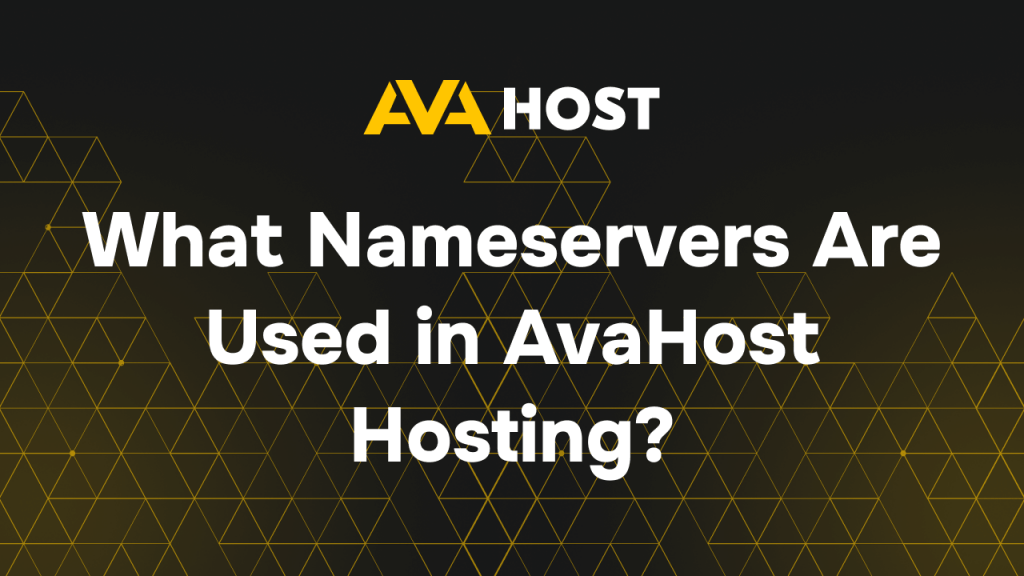F.A.Q

VMware Workstation Player is a popular virtualization tool that allows users to run multiple operating systems on a single Linux machine. It is widely used for testing and development purposes. This guide will walk you through the installation process step by step. Prerequisites Before installing VMware Workstation Player, ensure that: Your Linux distribution is up […]

How to Create a MongoDB Instance on a VPS Deploying MongoDB on a Virtual Private Server (VPS) gives you complete control over your database infrastructure—ideal for developers, startups, and organizations prioritizing performance, flexibility, and data sovereignty. This guide will walk you through the advanced steps to install, configure, secure, and optimize MongoDB on a VPS. […]

When using AvaHost’s Shared Hosting services, it is essential to correctly configure the nameservers (NS) to ensure your domain functions properly. Nameservers are responsible for translating domain names into IP addresses, making your website accessible on the internet. What Are the Nameservers for AvaHost? For domains hosted on AvaHost’s Shared Hosting, you should use the […]

🚀 How to Fix the “PHP Max Input Vars Limit” Error in WordPress If you’re building or managing a WordPress site and suddenly encounter the error: “Warning: Max Input Vars limit reached”or“Increase max_input_vars to a higher value.” …it means your server is blocking PHP from processing too many input fields — often seen when saving […]

How to Add a User to the Root Group and Grant Privileges in Linux (Safely and Securely) Granting root-level privileges to a user in a Linux system is a powerful and dangerous task. It’s essential when managing servers, automation, or giving sysadmins full control — but it must be done correctly and securely to avoid […]

Encountering the “Can’t Provide Secure Connection” error in your browser can be frustrating, especially when trying to access essential websites. This error typically indicates an issue with the website’s SSL/TLS certificate or a problem with your internet connection. Below, we explore the common causes of this error and how to fix it. What Causes the […]

How to Save a Web Page as a PDF with AvaHost Saving web pages as PDFs is a practical way to archive content, share data, or store critical information like AvaHost control panel settings or server guides for offline use. This guide simplifies the process of saving web pages as PDFs using Google Chrome on […]

Introduction A featured image is a crucial element in WordPress that enhances the visual appeal of posts and pages. It serves as a thumbnail in blog archives, social media previews, and website layouts. However, understanding the correct size and optimization techniques for featured images can improve website performance and design consistency. Default Featured Image Sizes […]

ERR_CONNECTION_REFUSED is one of the most common connection errors users and website owners face. It indicates that the browser was unable to establish a connection to the server: the request was sent, the IP address was resolved, but the server refused to accept the connection. What ERR_CONNECTION_REFUSED Actually Means When you open a website, the […]

What is a 302 Redirect and How to Use It Properly In the complex world of web development and SEO, HTTP status codes play a crucial role in defining how users and search engines interact with your site. Among them, the 302 redirect is one of the most misunderstood and misused. While it may seem […]


